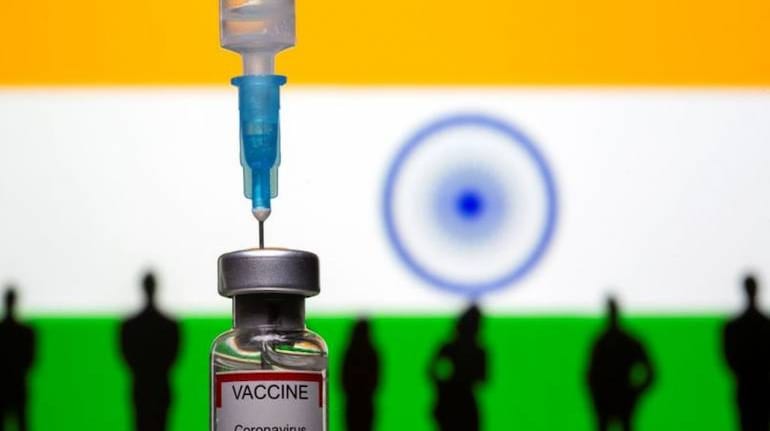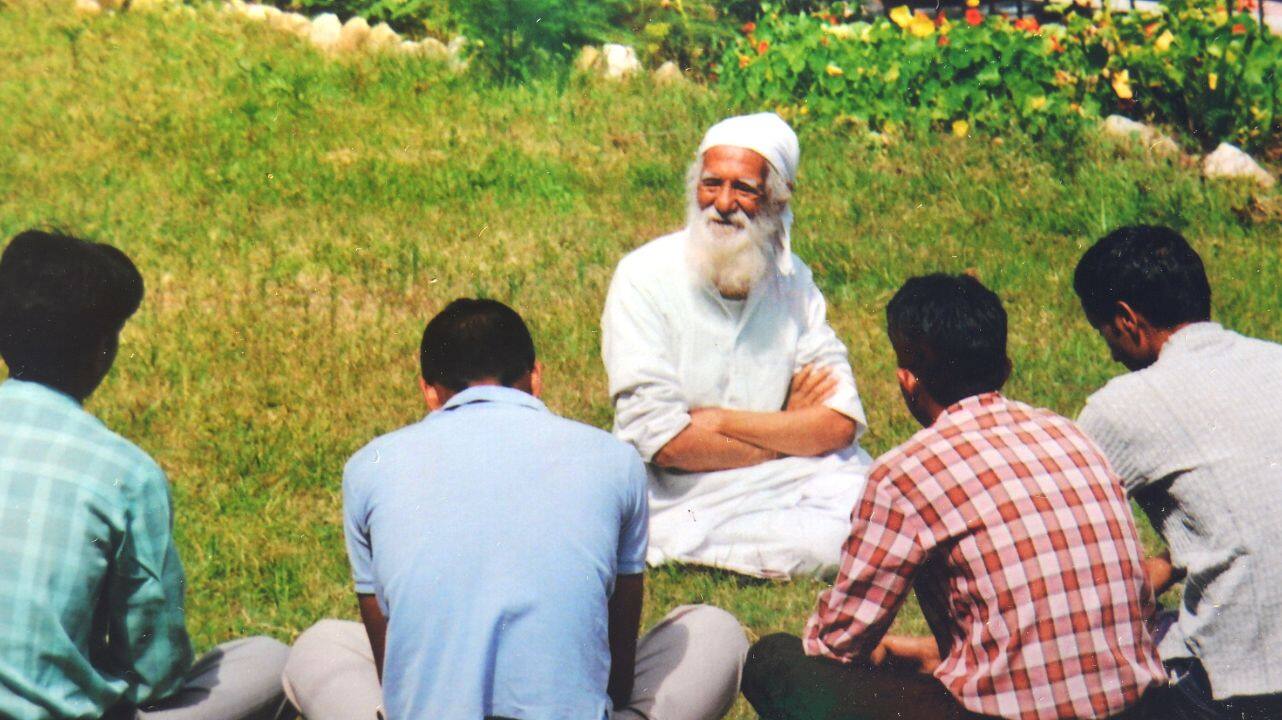India gave more than 14.56 lakh COVID-19 vaccine doses on May 20, taking the total number of jabs in the country to above 19.18 crore, the health ministry's latest provisional report shows.
On May 20, the 125th day of the vaccination drive, 14,56,088 doses—12,73,785 first doses and 1,82,303 second doses— were given till 8 pm, says the report.
As many as 7,36,514 beneficiaries in the age group of 18-44 received their first dose, taking the total to 85,84,054. The vaccination for this age group opened on May 1.
"India achieves a new landmark in its vaccination drive as the cumulative number of COVID-19 vaccine doses administered in the country exceeded 19 crore ((191,810,604)) as per the 8 pm provisional report," the ministry said about the overall vaccination figures so far.
The total figure includes 97,23,296 healthcare workers (HCWs) who have taken the first dose and 66,80,206 HCWs who have taken the second dose. As many as 1,47,84,918 frontline workers (FLWs) have received the first dose, and 82,84,445 FLWs their second dose. Also, 85,84,054 individuals in the 18-44 years age group have received the first dose. Besides, 5, 98, 12,707 and 95,75,946 beneficiaries aged over 45 to 60 years old have been administered the first and second dose, respectively, while, 5,62,36,899 and 1,81,28,133 above 60 years have taken the first and second dose.
Prime Minister Narendra Modi launched the nationwide vaccination drive on January 16, with healthcare workers at the frontline of India's COVID-19 battle getting their first jabs. The country began the second phase of the vaccination drive from March 1 in which everyone above 60 years of age and those over 45 years with comorbidities could get the jab.
From April 1, vaccination was opened for everyone above the age of 45. India rolled out the third phase of the vaccination drive for those in the 18-44 age group on May 1.
The government has liberalised the vaccination drive to allow states, private hospitals and industrial establishments to procure the doses directly from manufacturers.
Registration on CoWIN platform for the third phase began on April 28 and is mandatory for the 18-44 age group.
Here are key developments related to the COVID-19 vaccination process:
- India's largest software exporter TCS said it is setting up 100 COVID-19 vaccination centres across India to inoculate its nearly 5 lakh employees and their dependents, with plans to step up the drive between the third and fourth week of May. This includes COVID vaccination centres (CVCs) across TCS offices in 21 cities and CVCs launched with a medical partner across 33 cities.
- The Karnataka government on May 21 announced that it will restart vaccination for the 18-44 age group from May 22. It will “prioritise” frontline workers and priority groups such as cab drivers and bank officials. The state is to receive 2 lakh doses of Covishield on May 21, health minister Dr Sudhakar K said 21.
- BioNTech SE has said its vaccine developed with Pfizer should be roughly be as effective against the variant first detected in India as it has been against the strain found in South Africa. The company said CEO Ugur Sahin felt encouraged by recent findings in a scientific paper based on blood analysis of vaccinated individuals, which showed that the antibodies elicited by the vaccine were able to neutralise the Indian variant.
- Two doses of the Oxford/AstraZeneca COVID-19 vaccine may be around 85 to 90 percent effective against symptomatic disease, Public Health England (PHE) has said. PHE said the preliminary findings were the first of its kind on the effectiveness in a real-world setting but cautioned that it had "low confidence" in the findings, and the results would be inconclusive until more evidence was gathered.
- ICMR Head Dr Balram Bhargava said the gap between two Covishield doses was increased to 12-18 because of the strong immunity provided during the four-week gap. The interval for Covaxin was unchanged because immunity after the initial jab was "not that high". The immunity post first Covishield jab was "found to be quiet high" and the three-month gap "would give best results". "On the other hand, immunity level after the first shot of Covaxin is not as high and this means the second dose should be taken after four weeks to ensure full efficacy,” he added.
Check here for the latest updates on all COVID-19 vaccines
Here's the vaccination count for some states:| States | Total Beneficiaries |
| Andhra Pradesh | 78,57,020 |
| Arunachal Pradesh | 3,18,092 |
| Assam | 36,20,118 |
| Bihar | 93,63,116 |
| Chandigarh | 3,02,008 |
| Chhattisgarh | 68,12,740 |
| Delhi | 49,70,999 |
| Goa | 4,66,488 |
| Gujarat | 1,51,76,798 |
| Haryana | 51,98,191 |
| Himachal Pradesh | 23,03,829 |
| Jharkhand | 37,90,724 |
Follow our full COVID-19 coverage here


























